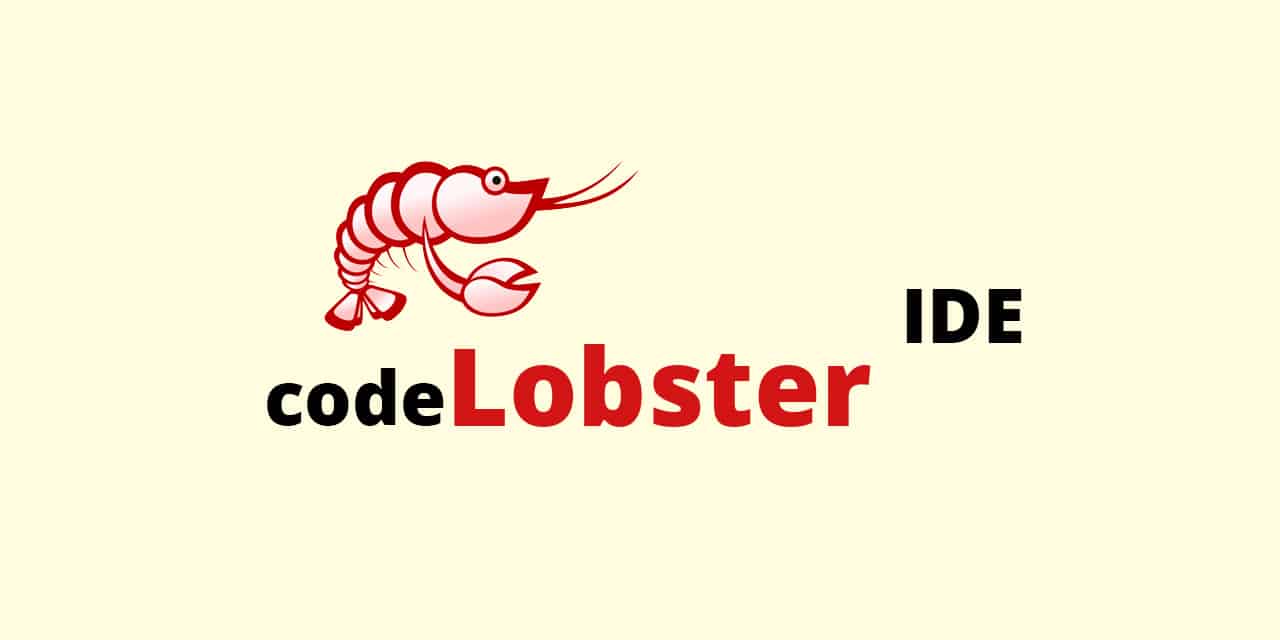Description
Introduction: FPGA Design and Development
FPGAs are integrated circuits that can be programmed to perform a wide array of functions after manufacturing. FPGAs are widely used in digital design for prototyping, custom logic development, and real-time processing applications. This training on “FPGA Design and Development” is designed to provide a comprehensive understanding of FPGA architecture, design flow, and development methodologies. Participants will learn how to design, implement, and verify digital circuits using FPGAs, with hands-on experience in programming, simulation, and debugging.
Prerequisites for FPGA Design and Development
- Basic knowledge of digital electronics: Understanding of combinational and sequential logic circuits.
- Basic programming skills: Familiarity with programming concepts (e.g., C or C++).
- Basic understanding of HDL (Hardware Description Languages such as Verilog or VHDL) is recommended but not mandatory.
Table of Contents
- Introduction to FPGA Technology
1.1 What is an FPGA?
1.2 Overview of FPGA Architecture and Components
1.3 FPGA vs. ASIC: Advantages and Use Cases
1.4 FPGA Architecture
1.4.1 Configurable Logic Blocks (CLBs), Lookup Tables (LUTs), and Flip-Flops
1.4.2 I/O Blocks, Interconnects, and Clock Management
1.5 FPGA Applications
1.5.1 Common Use Cases in Industry (e.g., Prototyping, Real-Time Processing, Signal Processing)
1.6 Session Activities
1.6.1 Overview of Popular FPGA Families and Development Boards (e.g., Xilinx, Altera) - FPGA Design Flow
2.1 FPGA Design Process
2.1.1 Overview of Design Flow: Specification, Design Entry, Synthesis, Implementation, and Verification
2.2 HDL Design Entry
2.2.1 Introduction to Hardware Description Languages (Verilog, VHDL)
2.2.2 Writing and Simulating HDL Code for FPGA Designs
2.3 Session Activities
2.3.1 Hands-on Examples of Writing and Simulating Basic HDL Modules - HDL Programming for FPGAs
3.1 Introduction to Verilog/VHDL
3.1.1 Syntax and Structure of Verilog and VHDL
3.1.2 Combinational and Sequential Logic in HDL
3.2 Designing with HDL
3.2.1 Modeling Digital Circuits: Behavior, Dataflow, and Structural Modeling
3.3 Session Activities
3.3.1 Implementing and Simulating Basic Combinational and Sequential Circuits - FPGA Synthesis and Implementation
4.1 Synthesis Tools
4.1.1 Overview of FPGA Synthesis Tools (e.g., Xilinx Vivado, Intel Quartus)
4.1.2 Converting HDL Code into a Gate-Level Netlist
4.2 Implementation Process
4.2.1 Place and Route, Timing Analysis, and Optimization
4.2.2 Generating Bitstreams for FPGA Programming
4.3 Session Activities
4.3.1 Synthesizing and Implementing a Basic HDL Design on FPGA - FPGA Simulation and Debugging
5.1 Simulation Techniques(Ref: Digital VLSI Design: Principles, Techniques, and Applications )
5.1.1 Functional Simulation vs. Timing Simulation
5.1.2 Writing Testbenches in HDL
5.2 Debugging FPGA Designs
5.2.1 Using Simulation Tools for Debugging
5.2.2 Hardware Debugging Tools: Logic Analyzers and Signal Probes
5.3 Session Activities
5.3.1 Creating and Running Testbenches for FPGA Designs, Analyzing Simulation Results - Design for Testability (DFT) in FPGA
6.1 DFT Techniques
6.1.1 Introduction to Design for Testability in FPGA Designs
6.1.2 Scan Chains, Boundary Scan, and Built-in Self-Test (BIST)
6.2 Testing Strategies
6.2.1 Methods for Improving Test Coverage and Fault Detection
6.3 Session Activities
6.3.1 Implementing Scan Chains in an FPGA Design and Performing Basic DFT - Advanced FPGA Features
7.1 High-Speed Interfaces
7.1.1 Using High-Speed Interfaces (e.g., PCIe, Ethernet) in FPGA Designs
7.1.2 Implementing and Testing High-Speed Communication Protocols
7.2 Embedded Processing
7.2.1 Introduction to Embedded Processors in FPGAs (e.g., MicroBlaze, Nios II)
7.2.2 Designing and Interfacing with Embedded Soft Processors
7.3 Session Activities
7.3.1 Integrating an Embedded Processor into an FPGA Design and Creating a Simple Application - FPGA Development Tools and Environments
8.1 FPGA Design Tools
8.1.1 Overview of Design Suites and Tools (e.g., Vivado, Quartus, ModelSim)
8.1.2 Toolchain Setup and Usage
8.2 Development Environments
8.2.1 Configuring and Using FPGA Development Environments
8.2.2 Version Control and Project Management
8.3 Session Activities
8.3.1 Setting Up a Development Environment and Using FPGA Tools for Design and Simulation - Real-Time and High-Performance FPGA Design
9.1 Real-Time Processing
9.1.1 Designing FPGA Systems for Real-Time Applications
9.1.2 Techniques for Managing Real-Time Constraints and Performance
9.2 High-Performance Computing on FPGA
9.2.1 Accelerating Algorithms and Data Processing Tasks on FPGA
9.3 Session Activities
9.3.1 Implementing a Real-Time Processing Application on FPGA - FPGA-Based Prototyping and Application Development
10.1 FPGA Prototyping
10.1.1 Using FPGAs for Prototyping Custom Digital Designs
10.1.2 Advantages of FPGA-Based Prototyping over Traditional Methods
10.2 Application Development
10.2.1 Developing and Testing Custom Applications on FPGA Platforms
10.3 Session Activities
10.3.1 Prototyping a Complex Digital System Using FPGA and Demonstrating Its Application - Case Studies and Industry Applications
11.1 Case Studies
11.1.1 Examining Real-World FPGA Applications in Various Industries (e.g., Telecommunications, Automotive, Aerospace)
11.2 Industry Trends
11.2.1 Current Trends and Future Directions in FPGA Technology
11.3 Session Activities
11.3.1 Analyzing Case Studies and Discussing Industry Applications - Project Work and Final Presentation
12.1 Capstone Project
12.1.1 Participants Work on a Comprehensive FPGA Design Project from Start to Finish
12.2 Project Presentation
12.2.1 Presenting the Final Project, Including Design Challenges, Solutions, and Results
12.3 Session Activities
12.3.1 Final Project Presentations and Peer Reviews
By the end of this training, participants will have a thorough understanding of FPGA design and development processes, including HDL programming, synthesis, implementation, debugging, and real-time applications. They will gain hands-on experience with FPGA tools and techniques, preparing them for practical FPGA design and development challenges in various industries.
If you are looking for customized information, please contact here







Reviews
There are no reviews yet.